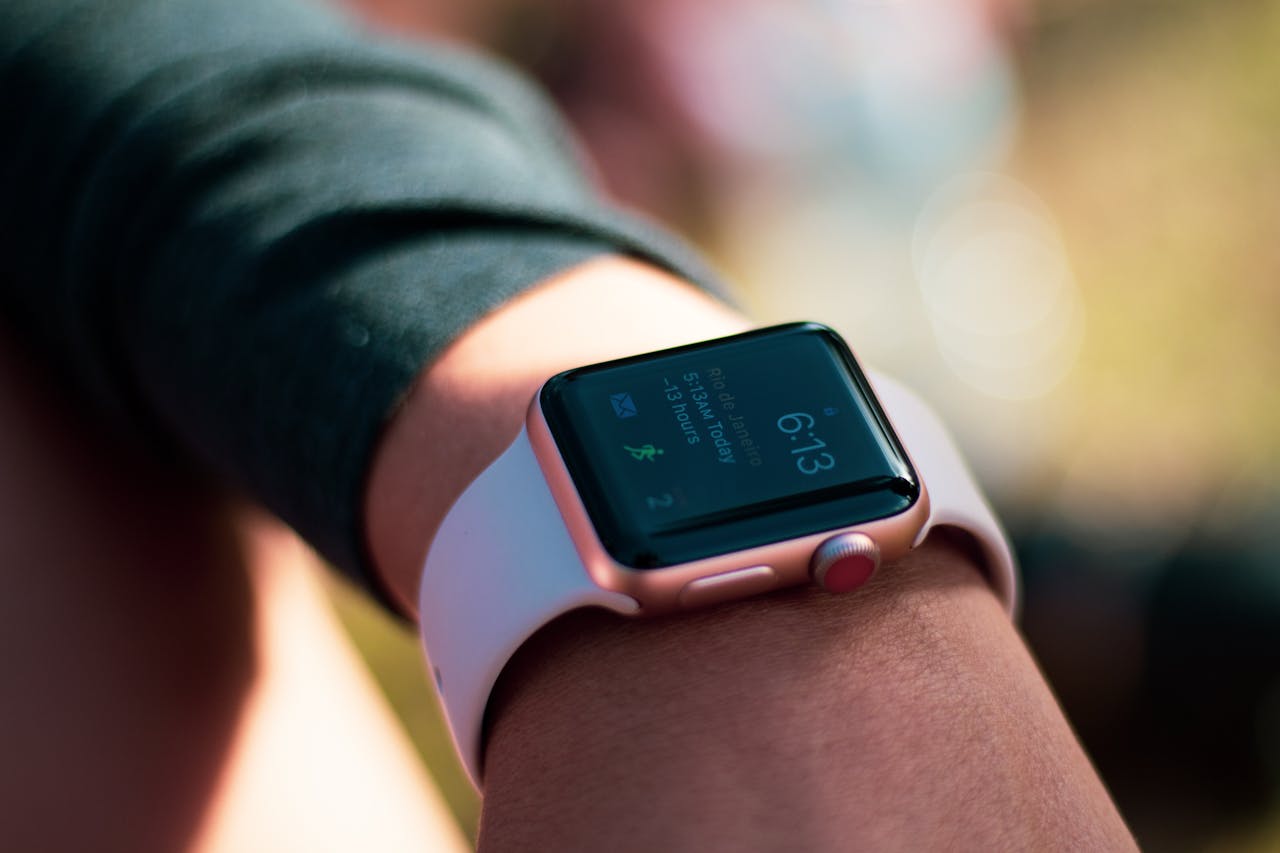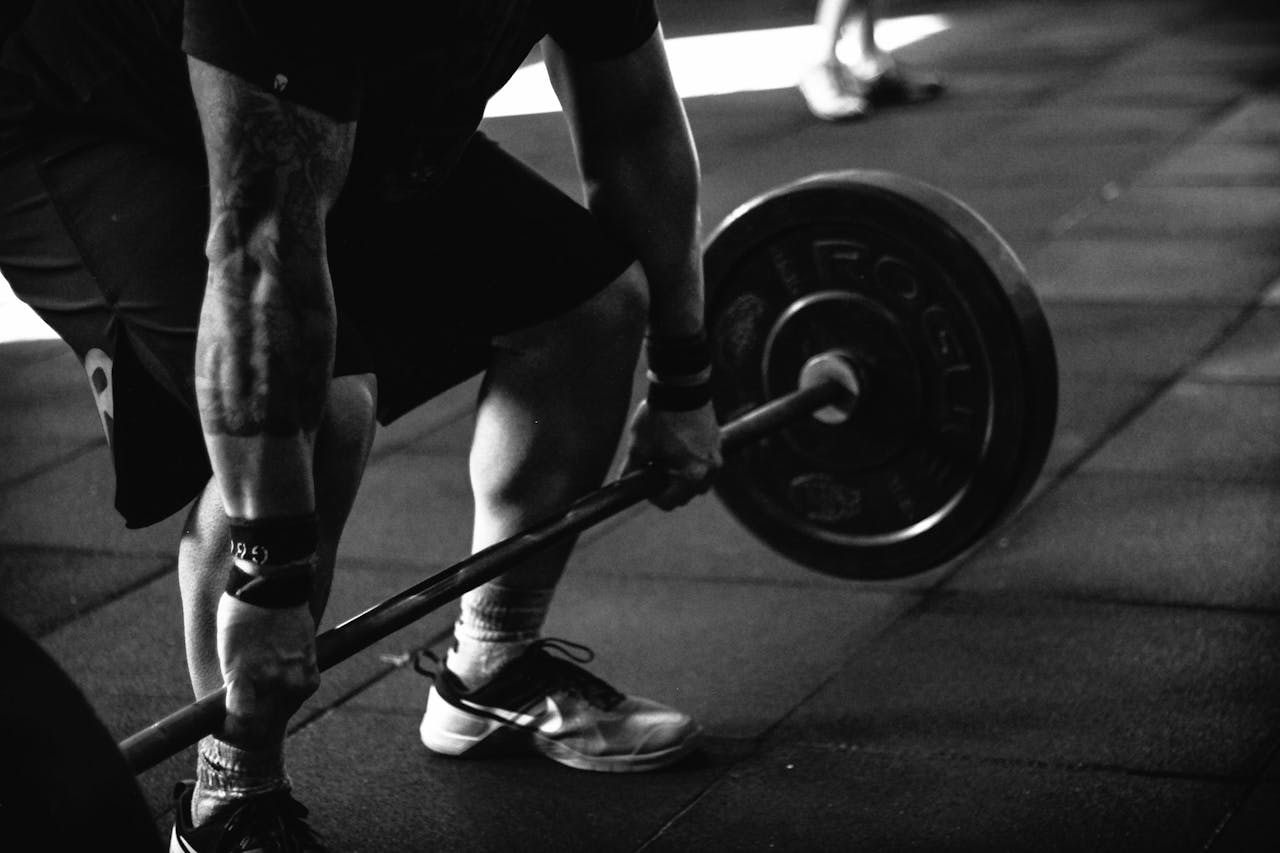The Rise of Smart Fitness
Once confined to clunky treadmills and laminated workout plans, the fitness industry is undergoing a silent revolution—powered by artificial intelligence. From wearable tech to personalized coaching bots, AI is no longer a futuristic fantasy; it’s the personal trainer in your pocket, the nutritionist in your app, and the physiotherapist monitoring your shoulder press.
In the U.S., Canada, and the UK, where gym memberships continue to rise despite economic strains, consumers are increasingly turning to smart solutions to maximize their fitness returns. But what does AI actually do in a fitness context? And are we embracing innovation—or outsourcing intuition?
AI Coaching and Personalized Workouts
Gone are the days of generic training splits. AI-powered apps like Freeletics, Future, and Fitbod analyze your performance data, fatigue levels, and even mood to adjust your workouts in real time. These systems use machine learning to optimize intensity, volume, and recovery time based on your feedback and historical data.
The result? Hyper-individualized routines that evolve with you—offering progressive overload without the guesswork. Whether you're a beginner or training for a triathlon, your "algorithmic coach" is there, 24/7, tracking reps and analyzing metrics no human could keep up with.
Data from Wearables – Real-Time Optimization
Smartwatches and fitness rings don’t just count steps anymore. Devices like the WHOOP strap or Oura Ring collect continuous biometric data: heart rate variability (HRV), sleep cycles, skin temperature, blood oxygen levels, and more. Through AI, this ocean of data is distilled into actionable insights.
Imagine waking up and being told: "Train light today—your HRV dropped and REM sleep was low." These nudges, based on actual physiological status, help prevent overtraining and optimize recovery. It's like having a sports scientist whispering in your ear while you lace up your shoes.
Predictive Recovery and Injury Prevention
AI can now predict when you're about to break—figuratively and literally. Platforms like SpartanTrack and Tonal integrate data to foresee injury risk based on performance dips, movement asymmetry, or even posture deviations caught via video.
In elite sports, such predictive modeling is standard. But it’s trickling down to consumer fitness. Whether you're lifting in Toronto or trail running in Wales, AI can signal when to scale back, stretch, or sleep more. It’s injury prevention powered by pattern recognition.
From Boutique Studios to Smartgyms – The Market Shift
In the U.S., chains like Equinox and Barry’s are integrating AI to enhance member experience—from booking optimization to feedback on form. In the UK, startups like JAXJOX and Fiit blur the lines between boutique training and home automation.
Canada isn’t far behind: hybrid studios in Vancouver now offer AI-driven mobility assessments and recovery protocols, with biometric input from wearables guiding workout flow. The result is a gym model that’s less instructor-centric and more data-responsive.
Ethical and Psychological Implications of AI in Fitness
But not all reps come without resistance. Is it healthy to outsource so much decision-making to machines? Critics warn of algorithmic dependency, data privacy concerns, and the risk of reducing human experience to metrics. Motivation, after all, isn’t just math.
In the UK, debates around NHS-integrated fitness tracking raise questions about surveillance and insurance incentives. Meanwhile, U.S. fitness influencers increasingly sell “AI-backed” plans with zero transparency on how those algorithms actually work.
Table: Human Coach vs. AI Coach
| Feature | Human Coach | AI Coach |
|---|---|---|
| Personalization | Subjective, empathetic | Data-driven, scalable |
| Availability | Limited to sessions | 24/7 |
| Emotional Support | High | None |
| Cost | $50–$150/hr | App subscription |
| Adaptability | Based on observation | Based on real-time metrics |
Will AI Replace the Personal Trainer?
Short answer: No. Long answer: Not entirely. The best results come from synergy—AI handles metrics, tracking, and pattern recognition, while human coaches address emotion, context, and nuance. A hybrid model is emerging: trainers armed with AI tools, offering smarter service and better outcomes.
This model already thrives in elite circles: NBA teams, UFC camps, Olympic programs. But the tech is becoming accessible to the average gym-goer. The question is not if, but how soon you’ll be working with your own digital sidekick.
What It Means for Everyday Gym-Goers
If you’re in your 40s, juggling work, kids, and a dodgy shoulder, AI can be your edge. It won’t shout “one more rep,” but it might tell you when that rep is a terrible idea. For casual lifters and weekend warriors, the biggest benefit is autonomy with intelligence. No more cookie-cutter plans. Just data-backed choices, tailored recovery, and feedback loops designed for real life.
And maybe—just maybe—you’ll enjoy fitness again, knowing that your routine is not only smart, but smarter than the guy next to you doing curls in the squat rack.
The Future Is Personalized – But Not Without Questions
AI won’t make you train. But AI might help you train better. As long as we remain critical, informed, and human, AI can elevate the way we move, recover, and improve. In the end, it's not about replacing the coach—it’s about empowering the athlete. And whether you’re chasing hypertrophy or just trying to get off the couch, that sounds like a future worth sweating for.
North America Is Already Lifting with AI
In the United States, AI-driven fitness isn’t just a trend—it’s a movement. According to a 2025 Talker Research survey, over 35% of Americans now use AI tools for planning workouts, tracking performance, or even managing motivation and emotional wellness. The intersection of machine learning and muscle hypertrophy is real—and people are searching for it.
Companies like AMP, originally based in Germany, have already installed over 10,000 AI-powered strength machines in the U.S. These smart devices offer live workout feedback, adaptive training plans, and subscription-based progression models. In Seattle, Volt Athletics delivers AI-generated programs for collegiate teams, pro athletes, and corporate wellness. The demand curve in North America isn’t rising—it’s sprinting.
Sources:
[1] Grand View Research (2024): "AI in Fitness Market Size, Share & Trends Analysis Report". Available at: https://www.grandviewresearch.com/industry-analysis/ai-in-fitness-market
[2] Apple Inc. (2025): Introduction of "Workout Buddy" in watchOS 26 at WWDC. Source: https://developer.apple.com/wwdc23/
[3] Volt Athletics (2024): AI-Powered Training Platform Overview. Source: https://www.voltathletics.com
[4] Talker Research (2024): Survey on AI Use in Health & Fitness Among Americans. Report: https://talker.news/research
[5] AMP (2024): AI Strength Equipment Deployment in the US. Source: https://www.amp.fit
[6] CloudFit Software Inc. (2025): Corporate Fitness & AI Recovery Solutions in Canada & UK. Source: https://www.cloudfitsoftware.com













